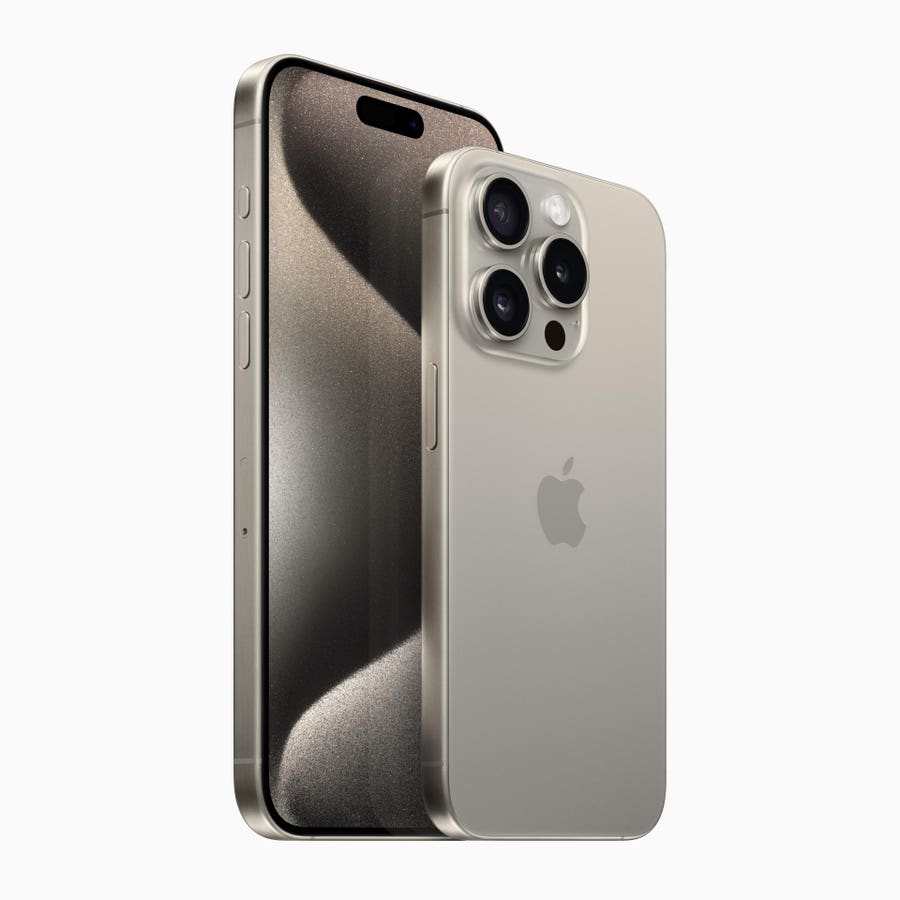A new report has revealed that the iPhone 16 Pro and iPhone 16 Pro Max could feature a much brighter display, 20% brighter than the current iPhone 15 Pro. The display is expected to have a peak brightness of 1,200 nits in typical use, compared to the 1,000 nits found on the iPhone 15 Pro. It is also speculated that the next models will match the HDR brightness of 1,600 nits for HDR content offered by the iPhone 15 Pro. The iPad Pro was recently announced to use Tandem OLED, which utilizes two OLED screens together to create a bright display, hinting at a potential display upgrade for the upcoming Pro iPhones.
Reports of updates to the iPhone 16 range have already surfaced, including advancements in new-generation processors, camera lenses, thermal design, battery life, microphone, and camera sensors. The promise of a much brighter display adds to the excitement surrounding the new devices. There is speculation that the design of the cameras on the iPhone 16 Pro will change, with an increase in the pixel count of the ultra-wide camera from 12 megapixels to 48 megapixels, as well as the addition of a 5x optical zoom telephoto lens on both the iPhone 16 Pro Max and iPhone 16 Pro. Other potential camera improvements include a new lens coating and an all-new main camera sensor with larger photo diodes.
A leak suggests that the iPhone 16 may feature an all-new addition related to iOS 18, potentially being available on current iPhones as well as the new handsets set to release in the fall. OpenAI recently introduced a new flagship model of ChatGPT, GPT-4o, which is rumored to be deeply integrated into iOS 18. The new model promises faster responses, deeper knowledge of shared images, and expanded access to features for more users, including free users. Expectations for a central Apple and Open AI partnership at WWDC in June are high, as Apple’s focus on privacy may lead to a combination of on-device AI and internet-based AI features to compete with other companies.
Apple’s approach to AI development will be closely watched, particularly in terms of privacy and security. Balancing on-device AI capabilities with the need to incorporate powerful internet-based AI features to stay competitive will be a challenge. The potential partnership with OpenAI for AI features raises questions about Apple’s strategy and whether it will rely on third-party collaborations instead of in-house development. The technological advancements expected in the iPhone 16 and iOS 18 suggest a new level of AI experience for Apple users, sparking anticipation for the unveiling of these features at upcoming events.













